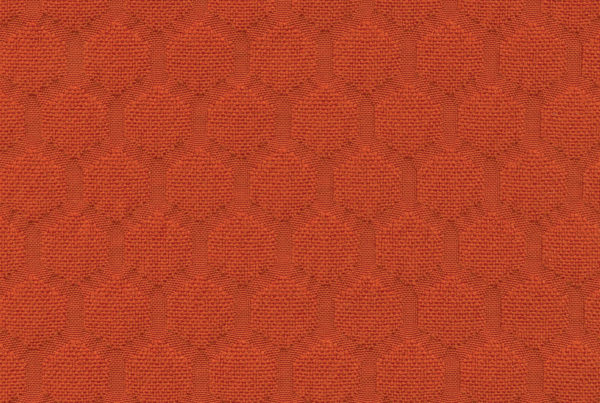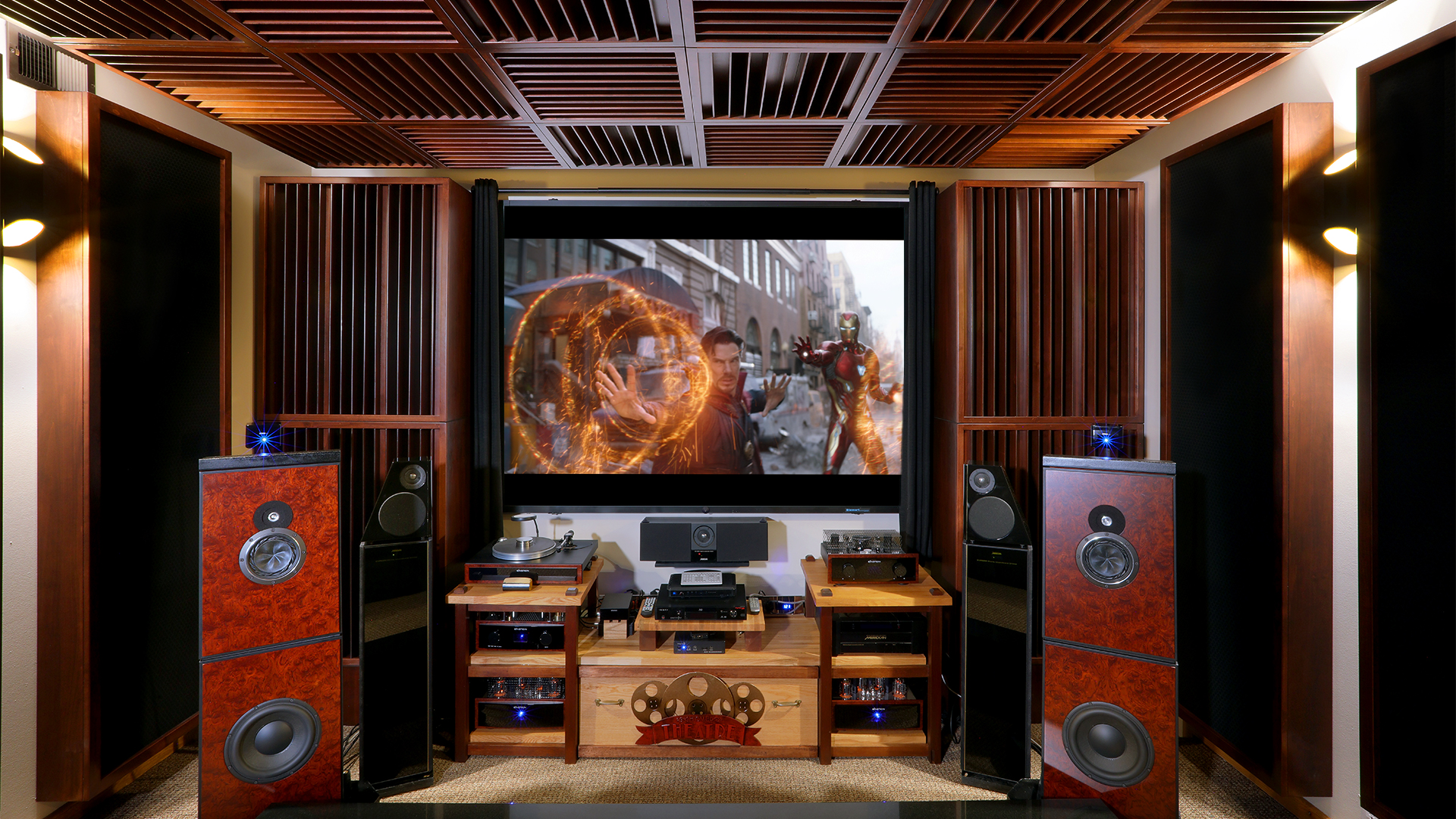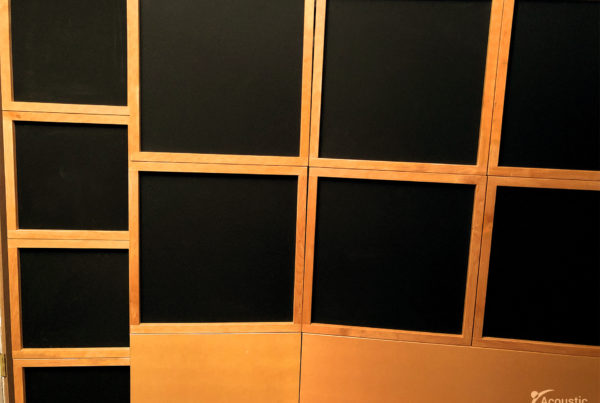Last week I was asked about home theater acoustic diffuser placement and the amount of diffusers I would use. I was given some specific measurements, as you’ll see in the below video.
Here’s a situation where we’re trying to take one thing and fit it a one-size-fits-all situation and it’s not that simple. First off, it’s a home theater room so each one of those sections of the room, the front and center channels, the side channels and the rear channels all have distinct requirements. They all have distinct sound fields that they have to generate in order to do the job they were designed to do.
Side channel speakers were not designed to be rear channel speakers. Rear channel speakers, in most cases, were not designed to be side channel speakers. Rear channel and side channel speakers were not designed to be front channel. They all have different engineering objectives and requirements. Those have to be realized and dealt with within the room.
So that said, in this example, we have dimensions and we have a seven point two system. So we have seven channels and we have two low-frequency effects channels. OK, what is some of the critical information that’s missing? Distances to the seated position, because we know that diffusion requires a certain amount of distance for that wave form, once it enters the diffuser, to come back into the room and be fully formed. We’ve got to give the diffuser time and space to do its job.
A home theater acoustic diffuser needs to be understood fully
We don’t just plug it in. We set it in a room, we put energy inside of it and we ask it, based on its structure, to perform. So its structure, and the energy that we put in it, is all governed by the laws of physics and we can’t change that nor should we. We have to accommodate it.
So we change the tools to accommodate for distances because we’re in small rooms today, let’s face it. So we have to change the tools to allow for the varying distances between the diffusion and the listening position. So if I had some distances to work with, I could speak to the client and customer a little bit more and find out what their objectives are.
My best guess in this situation is that they read something about a control room having rear wall diffusion and they took that, they said, well I want rear wall diffusion in my home theater. Maybe rear wall diffusion is not the goal here. Maybe that’s not where it needs to be, maybe it needs to be on the ceiling. Without knowing the rest of the room, the layout, what’s involved in the room itself, it’s a difficult question to answer. Is the rear wall a good place for diffusion in a home theater? It all depends.
In Summary
I hope this explanation helped. Please leave any comments below so I can get back to you. If you want to learn more about this subject please sign up for our free room acoustic treatment videos and ebook which provide step by step instructions. Get instant access by signing up now. And if you would like your room acoustic issues analysed for free by me then please fill in the form here and I will be happy to take a look for you.
Thanks
Dennis








I would like to know if or do I need diffusers added to my home theater. It is acoustically treated on walls and ceiling.
Diffusion, especially quadratic, has numerous pre conditions that must be mwt before you can use it in a critical listening environment. You must have reverb times balanced throughout the room and the decay rates for all energy ranges must be linear.
Unfortunately, I cannot agree with your proposal about “Ideal room dimensions”. For instance, if we talk about LF range, then you must to take into consideration the height of LF source. Because sound pressure function behavior depends on not only rigid walls, floor and ceiling, but LF source position too. Besides, absorption, shape of the room and sound insulation.
The height of the low frequency source within any room dimensions has a 3-6 dB impact on response curves. Room dimensions can have a + 10 – 15 dB impact.
Just for me, Ideal room dimensions like a “best ratio” for rooms do not exist at all. It doesn’t mean, that there are not the optimal room dimensions, which I name as “Acoustical dimensions”. Simply we can talk about relative values, but absolute ones.
You must consider the OD or outside room dimensions along with the ID or internal room dimensions which are the dimensions after treatment. You must choose dimensions that work for both the OD and the ID. Building insulation is for climate control. It is not and never will be an acoustical tool since it lacks the proper rates and levels of absorption required for music and voice.